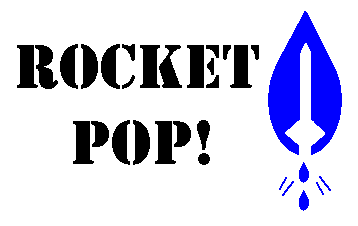
Launch Pad Introduction
Water rocketry is a great hobby. Water rocketry can take you beyond a hobby and into science. There are aerodynamics to learn, materials science to investigate, mass and momemtum to study and much more science involved. I got started in this because I was teaching a high school class. The students had fun and learned applications of science and math. Ask any one of my students and they'll tell you, "Water rockets are great fun!"
This launch pad is revision 8 designed by Mike Passerotti. The design goals are as follows:
1. Easy to set up and take down.
2. Easy to use.
3. Durable.
4. Less expensive than the competition and affordable for scouts,
schools and individuals.
5. Made from off the shelf parts.
6. Upgradable to add options such as pressure gauge and water inlet.
7. Accept any soda bottle neck.
8. Repeatable launches for competitions.
9. Use a launch tube of any length including no launch tube.
10. Allow experimentation with nozzle diameter.
I put together these web pages to share my design for free. I sell the launch pads ready to use because many people don't have the skills required to construct this or any launch pad. For those of you who do have the skills, tools and time, I hope these instructions inspire you to try this launch pad. There are many other designs available on the web. Each design has short comings. I believe my design will suit the needs of a majority of rocket scientists.
Water rocketry is safer than using solid combustable fuel type rockets. Water rockets don't require fire permits. Most water rockets will not fly above 400 ft which means no FAA permit is required. These water rockets can be backyard science. However, you must use caution and be safe because the rockets will accellerate over 100 G's and can travel 150 miles per hour. Don't forget that what goes up must come down. A clear landing area is essential. Make sure you visit the safety page before flying any rockets.